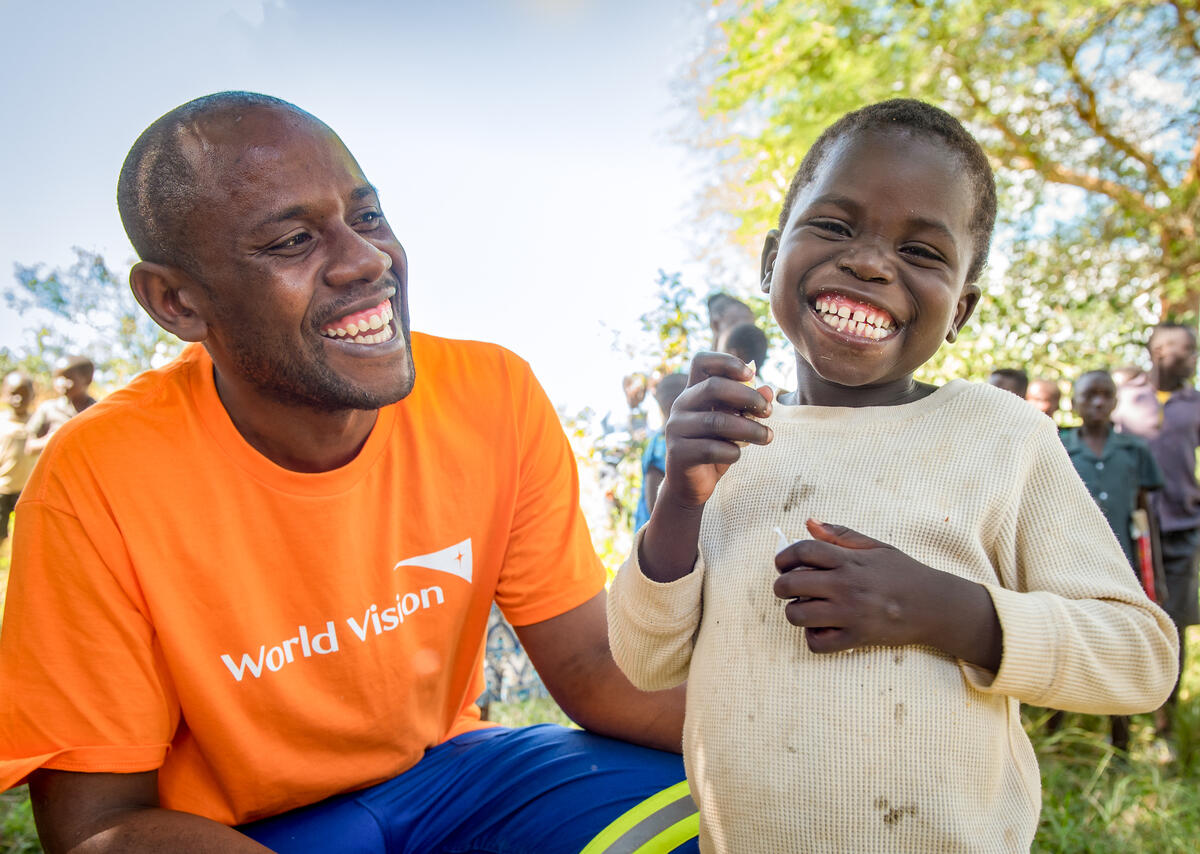Through World Vision's work, every 60 seconds... a family gets water... a hungry child is fed... a family receives the tools to overcome poverty
As a Christian, child-focused, community-empowering global Partnership, World Vision defines impact as, "changes that we contribute to in the well-being of children – especially the most vulnerable – and their communities".
The facts and figures below are based on 2020 data.

